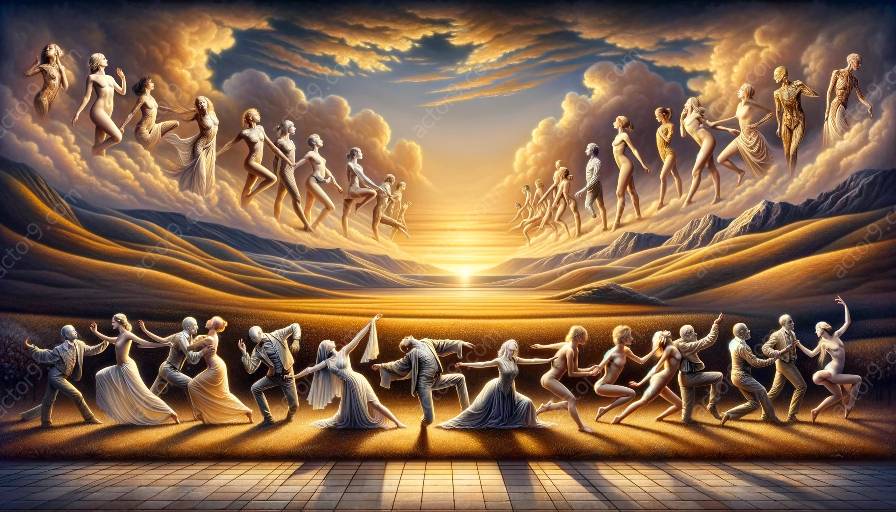Body language analysis has long been a crucial aspect of theater, shaping the way actors convey emotions and tell stories through movement and expression. With technological advancements in the field of body language analysis, the intersection with theater and physical theatre has seen significant developments, impacting the way performances are created and experienced.
Understanding Body Language Analysis
Body language analysis involves the study of non-verbal communication, including gestures, posture, facial expressions, and overall body movements. Through the analysis of these non-verbal cues, researchers and artists gain insights into human emotions, intentions, and attitudes, allowing for a deeper understanding of interpersonal communication and storytelling.
Technological Innovations in Body Language Analysis
Advancements in technologies such as motion capture, computer vision, and machine learning have revolutionized body language analysis. Motion capture systems enable the precise recording and analysis of body movements, allowing for detailed studies of gestures and expressions. Computer vision algorithms are capable of identifying and interpreting facial expressions and gestures, providing valuable data for body language analysis. Additionally, machine learning algorithms can analyze large datasets of non-verbal cues to identify patterns and correlations, further enhancing the understanding of body language.
Impact on Theater
The application of these technological advancements in body language analysis has significantly impacted theater and the art of physical theatre. Actors, directors, and choreographers now have access to advanced tools and techniques for analyzing and refining their performances. By integrating motion capture and computer vision technologies into rehearsal processes, performers can receive precise feedback on their movements and expressions, leading to more nuanced and impactful portrayals.
Furthermore, the analysis of audience reactions through body language has become possible, allowing for the creation of immersive and interactive theatrical experiences. By understanding how audiences respond non-verbally to performances, theater creators can tailor their productions to elicit specific emotional responses, enhancing audience engagement and overall impact.
The Intersection with Physical Theatre
Physical theatre, which relies heavily on the expressive capabilities of the human body, has particularly benefited from these technological advancements. Through the integration of motion capture and body language analysis tools, physical theatre practitioners can push the boundaries of expression and movement, exploring new possibilities for storytelling and performance art.
Future Directions
As technology continues to evolve, the future of body language analysis in theater holds immense potential. Advances in human-computer interaction, virtual reality, and augmented reality are poised to further revolutionize the way body language is analyzed and incorporated into theatrical productions. The seamless integration of these technologies into live performances presents exciting opportunities for creative expression and audience engagement.
Conclusion
The ongoing technological advancements in body language analysis are reshaping the landscape of theater and physical theatre, offering new tools for artists to convey emotions, communicate narratives, and engage with audiences. By embracing these innovations, the performing arts stand to benefit from enhanced expressive possibilities and a deeper understanding of the intricate language of the body.




































